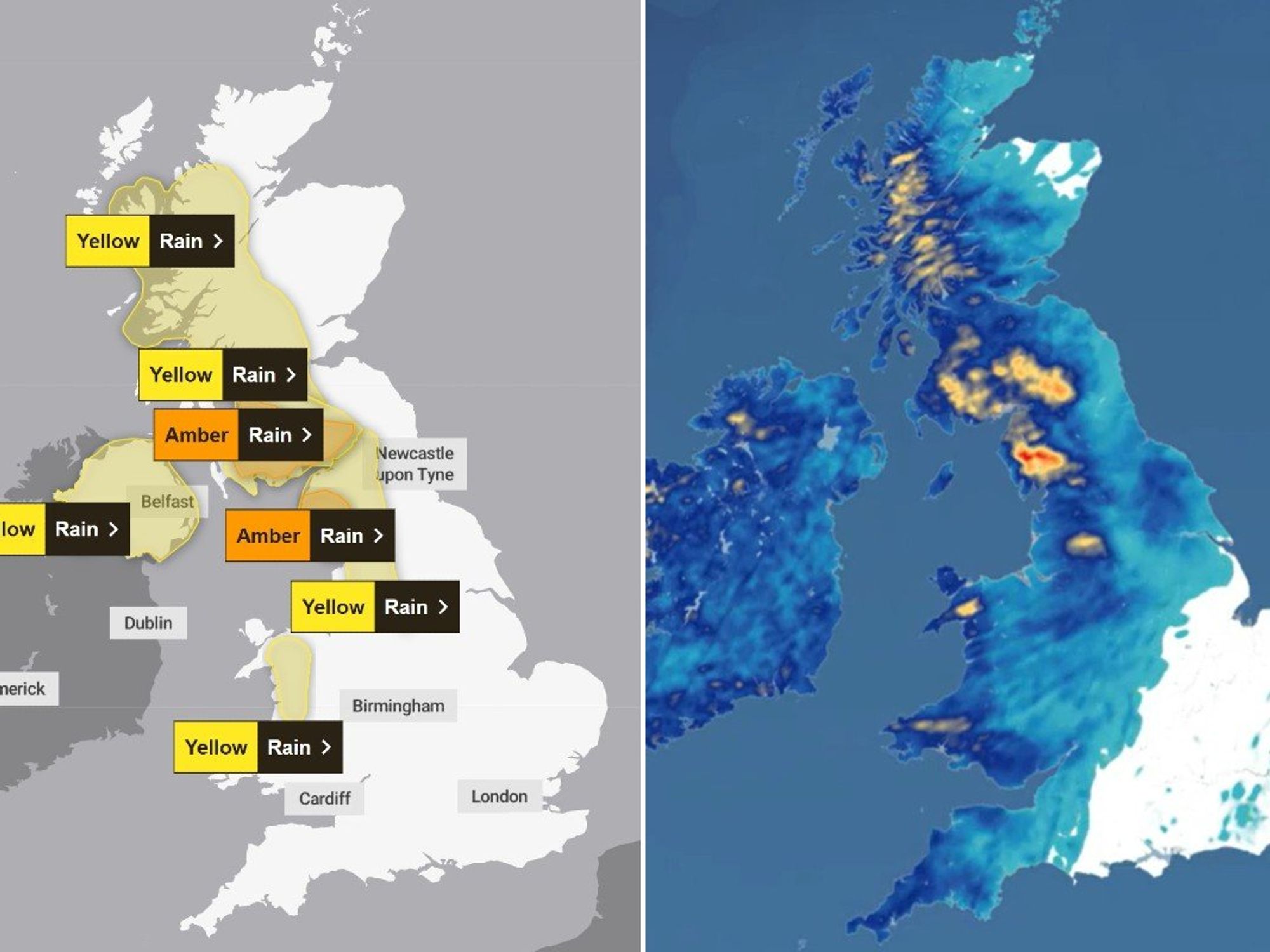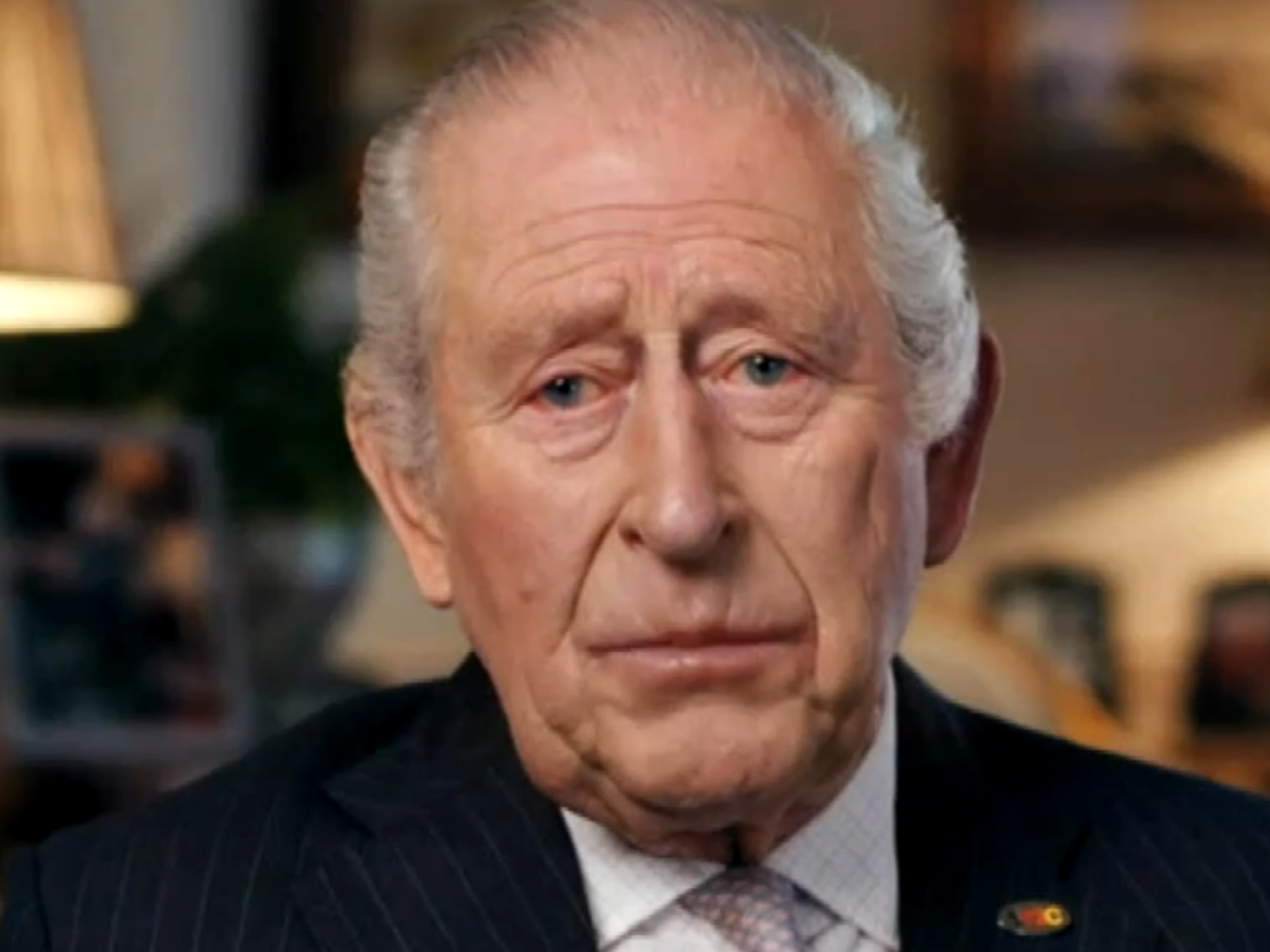Archaeology breakthrough as historians discover name of ancient Maya Queen who ruled 1,400 years ago

Researchers have found references to a sixth-century ruler
Don't Miss
Most Read
Latest
The identity of a long-forgotten Maya ruler has been revealed after the discovery of ancient hieroglyphics in Mexico.
Ix Ch’ak Ch’een ruled over the city of Cobá as queen in the sixth-century, and archaeologists have finally been able to shed some light on her considerable impact.
Once home to 50,000 people, Cobá was known as the “city of choppy water”, boasting pristine homes constructed around four lakes.
According to Live Science, it was had an extensive network of white stone roads, thousands of homes and several pyramids.
Cobá’s ruins are filled with secrets of the past and archaeologists last year found hieroglyphics tucked away beneath a staircase near the Nohoch Mul pyramids.
The Yucatan Times reported the limestone was badly eroded and salt deposits washed over its surface made the text nearly indecipherable.
The preservation efforts are now beginning to bear fruit with researchers analysing its 123 panels alongside 23 additional inscriptions found on freestanding stone pillars, known as stelae.
Translation work continues, but experts have already learned significant details about the time period.
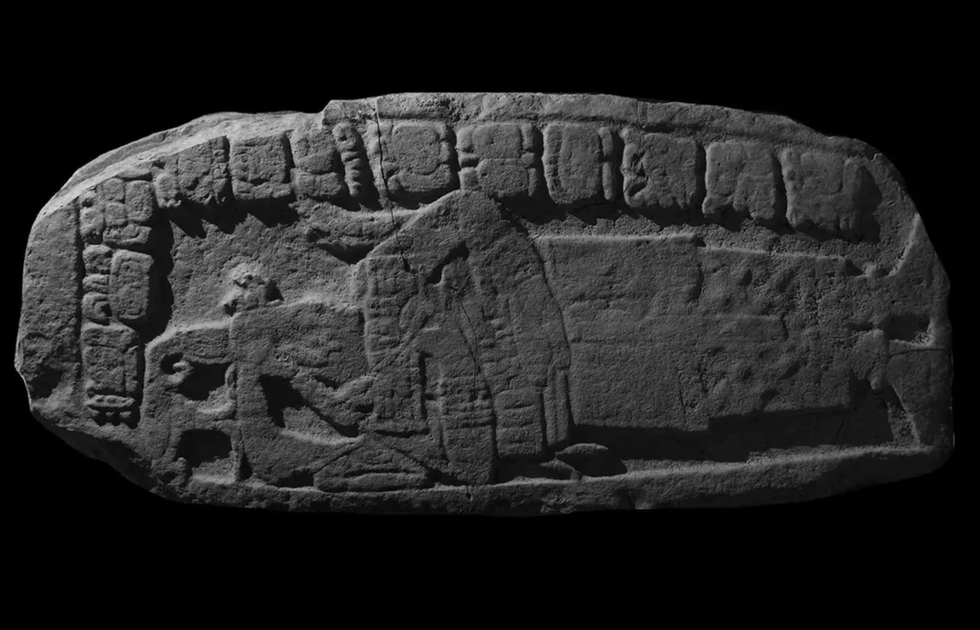
References to Ix Ch’ak Ch’een were found on one of the panels and two of the stelae
|INAH
References to Ix Ch’ak Ch’een were found on one of the panels and two of the stelae.
Two scholars, David Stuart, an epigrapher from the University of Texas at Austin, and Octavio Esparza Olguín, an epigrapher from the National Autonomous University of Mexico, conducted research into the writings.
The queen was linked to various events, including the construction of a ball court on December 8, 573.
Her name is not written in the same way in all of these references, according to Mexico’s National Institute of Anthropology and History (INAH).
LATEST DEVELOPMENTS
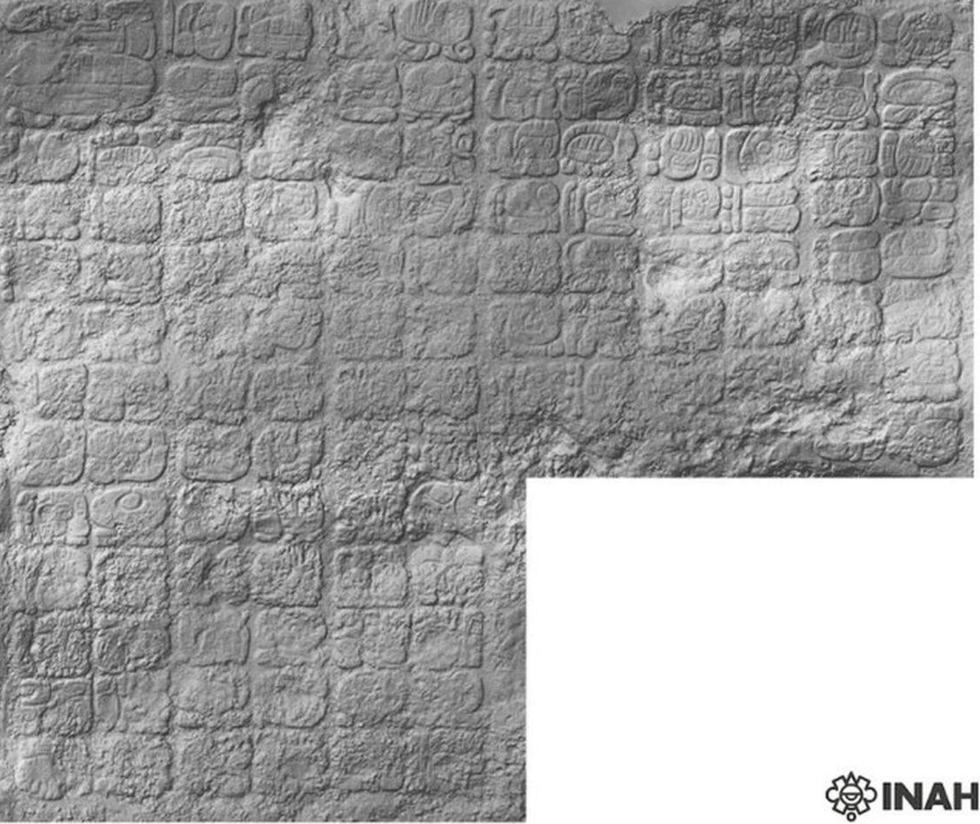
Ix Ch’ak Ch’een ruled in the sixth century
|INAH
Due to the dates’ close proximity, researchers believe they are describing the same person.
Ix Ch’ak Ch’een may have been connected in some way to Testigo Cielo, a powerful ruler of the Kaanul dynasty, researchers believe.
“The inference of this relationship is a significant advance, although we do not know the exact nature of this relationship since we lack clear references to that foreign dynasty in other monuments of Cobá,” says Olguín in the statement, per a translation by La Brújula Verde.
Experts closer to home are hailing what has been dubbed a “once-in-a-generation” archaeological find.
A three-week excavation at Drumburgh, near Carlisle, saw diggers unveil a section of Hadrian’s Wall.
The Roman structure once separated the northern extent of the ancient empire and Caledonia, now Scotland.
The section had been hidden for 2,000 years, making the find particularly significant.
Archaeologist Mark Graham, of archaeology group Grampus and Heritage Training, said the finding confirmed the accuracy of geophysical surveys that had suggested where the wall ran.
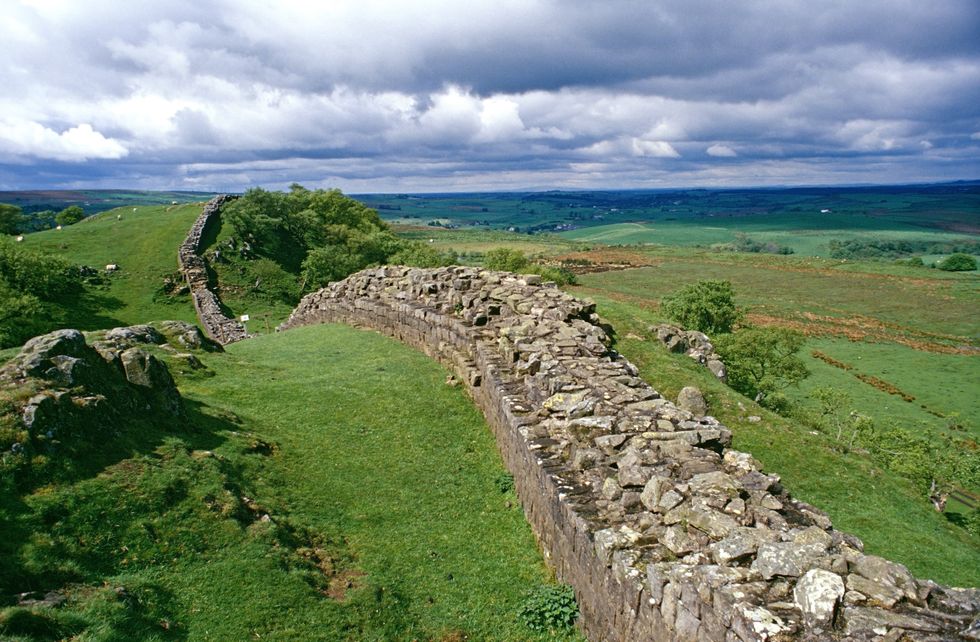 Archaeology breakthrough with 'once-in-a-generation' discovery of Hadrian's Wall section |
Archaeology breakthrough with 'once-in-a-generation' discovery of Hadrian's Wall section | GETTY
"(A section of) Wall like this has not been seen here in our lifetime," the amazed archaeologist added.
He added: “When you put a trench in the ground, especially at a protected monument, you feel like you've got one shot at it and that was our shot to find the wall.
“We weren't expecting to find stone in the ground because it was all later recycled, so to even find a course of the wall was enough.”
An open day was held to view the new section, underscoring the importance of the find for local history.








